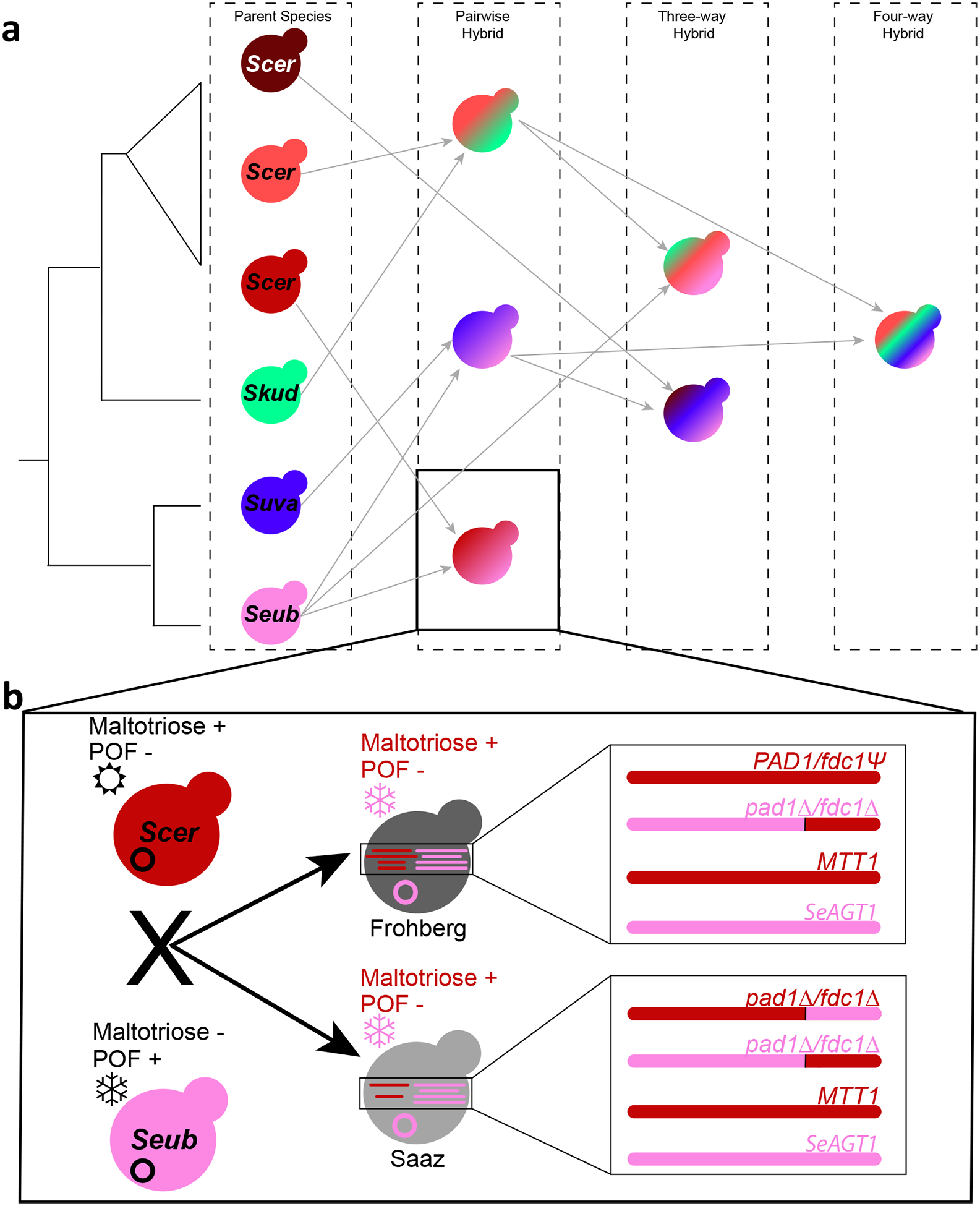Figure 5. Summary of hybrids and origin of lager traits.

(a) Simplified summary of parents and resulting hybrids. On the left is a cladogram of just the Saccharomcyes species that have contributed to fermented beverage hybrids. Three distinct lineages of S. cerevisiae (Scer) have contributed to hybrids; for the wild parents (S. kudriavzevii (Skud), S. uvarum (Suva), and S. eubayanus (Seub)), Holarctic or European lineages gave rise to the hybrids. Gray lines point from each parent to the resulting hybrid. The order of secondary or tertiary hybridization events was inferred from genome composition. This simplified view does not show when multiple lineages of Scer have contributed to different hybrid types (e.g. Scer × Skud hybrids), backcrossing (e.g. Seub × Suva hybrids), or minor subtelomeric contributions (e.g. small Scer contributions to some Seub × Suva hybrids). (b) Summary of how lager-brewing yeasts acquired their unique trait profile. The two lager-brewing lineages, Saaz and Frohberg, arose out of hybridizations between domesticated Scer ale strains and wild Seub strains. The Scer strains could utilize maltotriose (+), did not produce phenolic-off-flavor (POF−), and preferred warmer temperatures (☼), while the Seub strains tolerated colder temperatures (❆), could not use maltotriose (−), and produced phenolic-off-flavors (POF+). The two lager-brewing lineages inherited the Seub mitochondrial genome (pink circle), which partly conferred cryotolerance. Both lineages also inherited maltotriose transporter genes from both parents (MTT1 from Scer and SeAGT1 from Seub). Finally, both lineages convergently became POF− through multiple distinct mechanisms, including pre-adaptation in the S. cerevisiae ale-brewing parent due to a mutated pseudogene (PAD1 | fdc1Ψ in red), aneuploidy removing functional S. eubayanus genes (pad1Δ | fdc1Δ in pink), and translocations in all Saaz strains and some Frohberg strains (pad1Δ | fdc1Δ in red).
